How does a doctor use her skills to diagnose a whole city? How do scientists stay safe while studying killer viruses? Can a researcher salvage an experiment if his equipment breaks too far out of reach to repair—in outer space?
The answers to these and other astounding questions are on Season 2 of LSA’s How to Science podcast. Gather ‘round the beaker and listen to these astonishing stories told by scientists themselves, whose research did not go quite the way they expected. Professor Monica Dus follows up with questions that dig deeper into each story.
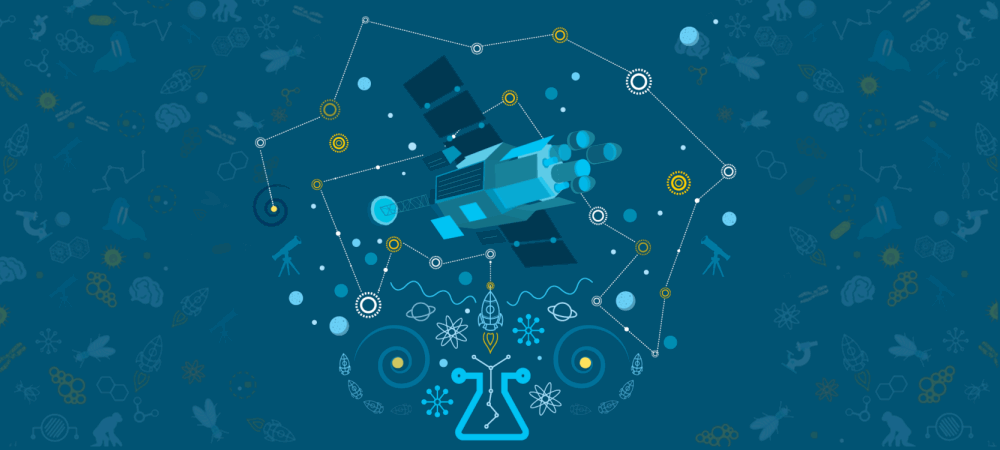
Astronomer Jon Miller’s research satellite in orbit broke because of a glitch in its software code. With his ample experience as an astronomer conducting research out of reach in outer space, Miller is well familiar with the need to balance risk and reward in a science career. The struggle is real, and he’s found ways to tackle it. Get more details and listen to episode 7.
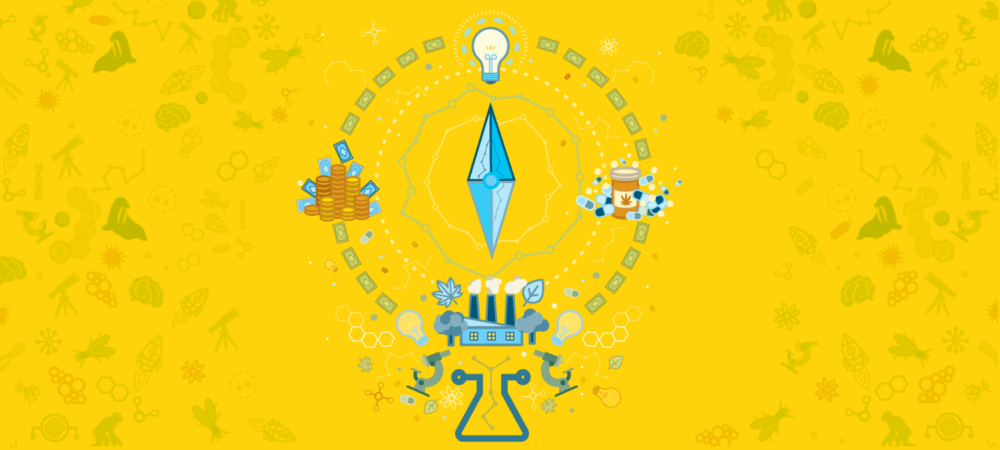
A provocative email in researcher Kevin Boehnke’s inbox forced him to reckon with the ethical implications—and complications—of where his research funding comes from. He shares how he managed to reconcile his goal of using science to help people with his need to accept research funds that potentially have strings attached. Get more details and listen to episode 8.
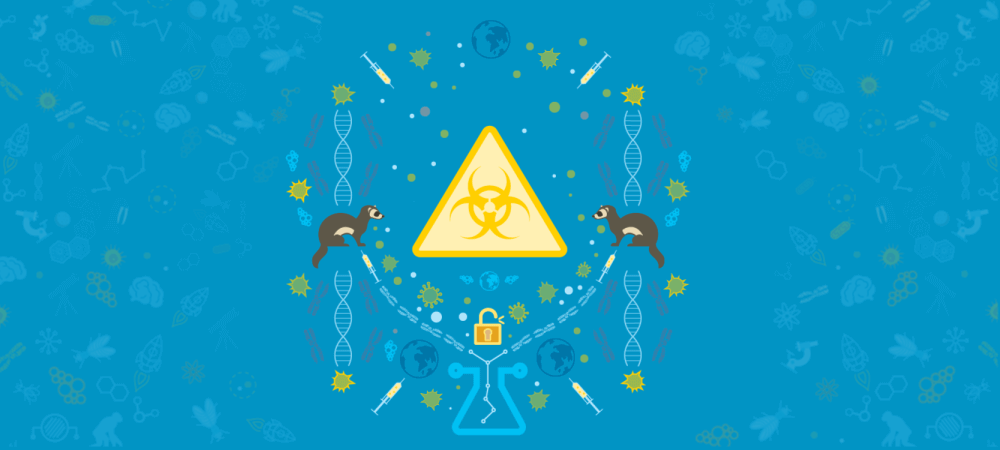
Nuclear bombs are tough for criminals to hide, because physics often requires big infrastructure, but biological pathogens are easier to steal and spread. When the H5N1 flu virus threatened the public with a pandemic, Imperiale helped the U.S. government decide how best to keep the contagion contained in research labs. In this episode, researcher Michael Imperiale suggests how to stay safe while doing dangerous science. Get more details and listen to episode 9.
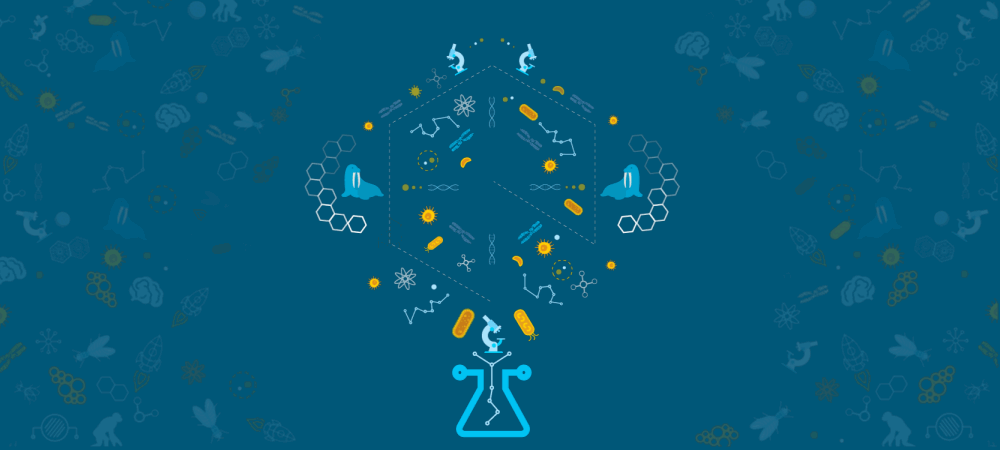
One thing about off-color jokes is that people stop laughing once the secret’s out. When Professor Pamela Raymond received an inappropriate anatomical heirloom from a colleague, she and Professor Deborah Goldberg put an end to the bizarre tradition. The two researchers talk about how they’ve worked with colleagues to beat unexpected bias, telling their story of how to science against the odds. Get more details and listen to episode 10.
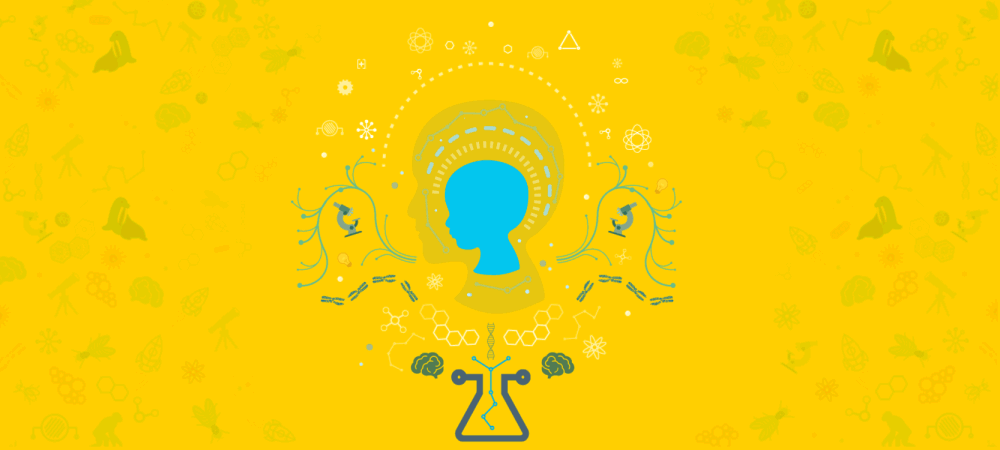
During a career that has spanned decades, developmental psychologist Henry Wellman has observed how the many kids who have visited his lab grew to understand the world. Even very young kids create their own theories about the world based on evidence they collect, like little scientists. But after 40 years of interacting with kids in classrooms and the lab, Wellman leans toward the inverse idea, which makes him grin: Scientists are just like big kids. Get more details and listen to episode 11.
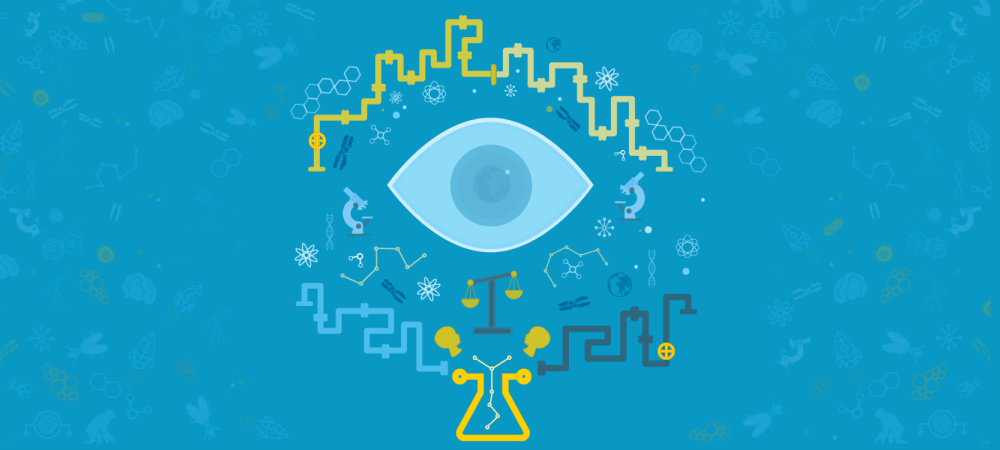
Pediatrician Mona Hanna-Attisha fought naysayers to bring acknowledgment and attention to the lead water crisis in Flint, Michigan. After graduating from U-M, Dr. Mona showed that the lead levels in Flint’s drinking water were so high that she could point to an increase in blood lead levels in local children. She recently wrote and toured with a book about her life and experience blowing the whistle on the Flint water crisis, called What the Eyes Don’t See. She will continue working hard to make sure that kids in Flint get what they need to stay healthy. Get more details and listen to episode 12.
How to Science host Monica Dus is a professor in LSA’s Department of Molecular, Cellular, and Developmental Biology who studies how the brain responds to the presence and absence of sugar. She wants to figure out how neurons sense and respond to the nutrients eaten as food. Her research relates to feeding behavior, energy balance, physiology, and obesity. She loves her three dogs, whose names are Cupcake, Sprinkles, and Brioche.
Related Links:
- How to Science Season 1 recap
- “How to Science: Experiments in Scicomm”
- Learn about supporting the Department of Molecular, Cellular, and Developmental Biology

